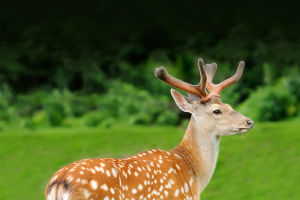Elegant Look
It impresses with its elegant and beautiful appearance. It has multiple layers of soft, long feathers that form a particularly long "inner wing", which at first glance might give the impression of a long tail.
Generally, the head and face of cranes will have some more ornate decorations, but the color of the whole body of the blue crane is relatively monotonous, mainly gray-blue. The blue crane has a round head and a long neck.
Living habits.
Distribution range:
Blue cranes live mainly in South Africa, but also cross borders seasonally, flying to neighboring countries such as Swaziland, Botswana and even Zimbabwe, where they occasionally nest.
But most are still found in South Africa.
Reproductive habit.
Blue cranes generally build nests in the spring to hatch their eggs, usually only two eggs in a nest.
Nest.
They are very sloppy and perfunctory when it comes to nesting. They always nest on flat ground without any cover, but they still lay a thin layer of mat on the bottom where they lay their eggs.
Be on high alert.
When you found it, it found you, and when you tried to get close, the blue crane had disappeared. Don't worry about the eggs it lays.
The eggshell has a special pattern that blends in with the surrounding scenery.
Rest behavior.
When Lan He sleeps, one leg is upright, the other is retracted into the abdominal feathers, and the head is inserted back into the rear feathers.
Sometimes the blue crane does not sleep, but just rests, standing on one or both feet, without poking its head back to its hind feathers.
Sometimes, the blue crane will lie on the ground to rest, usually with both legs straight in front of the ground and the body upright.
Raise offspring.
The Lanhe parents took the two children away separately to prevent them from killing each other. In order to protect the cubs, it has a strong will to fight.
Status quo.
Their chances of appearing everywhere as a South African icon are dwindling, as is the current blue crane population. The main reasons are poisoning and death.
When farmers find blue cranes invading the fields, they will poison the blue cranes in a targeted manner; when farmers hunt other birds to invade, some blue cranes will die by mistake.
Its beauty makes you stop and watch.


